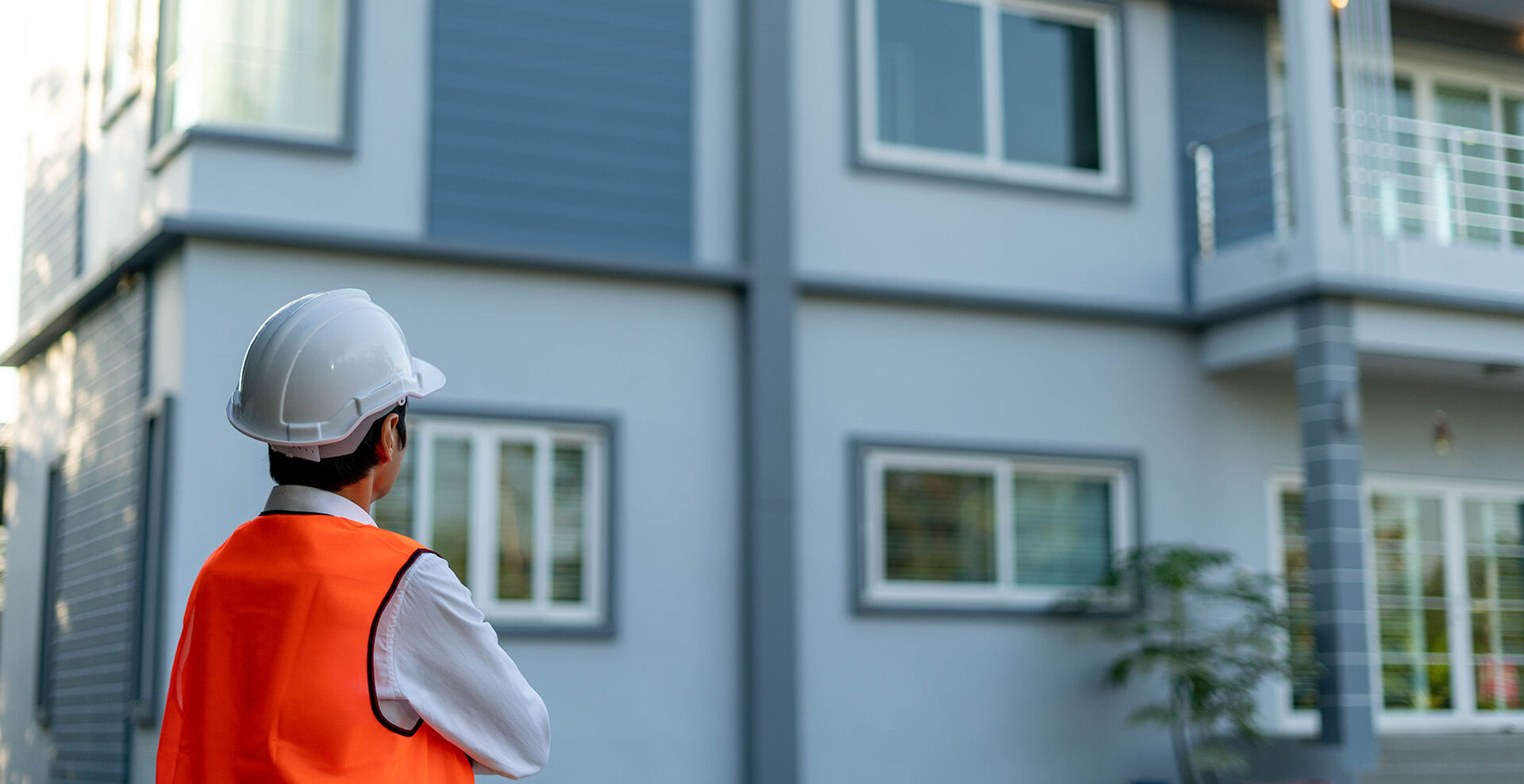Managing Building Defect Litigation Insurance Cost

On several occasions, RAS has been engaged to provide expert opinions on insurance costs for matters concerning building defects in strata buildings. This article sheds light on the underlying dynamics of the parties involved in securing insurance, including insights on the building defect litigation insurance cost. Risk Advisory Services highlight the crucial role owners play in managing insurance costs and the strategies they can adopt to navigate this landscape effectively.
The Impact of Owners’ Actions on Insurance Costs
When faced with building defect litigation, owners often have an uphill battle when it comes to ongoing insurance premiums. It is common for insurers to raise premiums due to concerns about the defects which are the subject of litigation and how well the owners are managing defects throughout the building. Significantly increased insurance costs are often a consequence of the owners’ actions (or inaction), rather than solely the defects themselves. Throughout the lengthy litigation process (which can sometimes take 5 years or more to resolve), owners find themselves in a challenging position. On one hand, they may not have sufficient funds to repair the defects that are the subject of the litigation, directly driving up insurance costs. Simultaneously, these inflated insurance costs are drawn into the ongoing litigation, exacerbating the financial burden for the owners.
To navigate the challenges of building defect litigation insurance cost, it is crucial for owners to embrace a proactive mindset and prioritise their obligation to maintain insurance by providing full transparency with insurers. We have reviewed cases where owners have not adequately disclosed relevant information about defects, hindering the insurers’ ability to accurately assess risks. In one case insurers only learned about a building’s defects after reading about the defect litigation in the newspaper. By engaging in transparent communication, owners will satisfy their legal duty of disclosure and ensure that insurers have a complete picture of the situation. This empowers insurers to make informed decisions and offer reasonable insurance premiums based on accurate risk evaluations.
The Misconception Regarding Insurance Brokers
Insurance brokers are often unfairly blamed for failing to secure cheaper insurance options for owners. However, it is essential to recognise that insurance brokers’ efforts are heavily influenced by the level of cooperation they receive from the owners and their strata managers. Insurance brokers act as intermediaries between owners and insurers, advocating for the owners’ best interests. Nevertheless, when owners fail to provide vital information, or do not appreciate the significance of providing detailed (sometimes litigation sensitive) information, it significantly hampers the broker’s ability to negotiate favourable terms. Owners need to understand that insurance brokers can only work with the information and cooperation they receive.
Strategies for Effective Cost Management
To navigate the challenges of building defect litigation and insurance costs, owners should adopt proactive strategies. Firstly, consider engaging an experienced insurance management consultant who can manage communication with brokers and insurers on behalf of the owners and provide valuable insights and guidance throughout the insurance process. If Australian strata insurers have declined the risk, consider engaging a broker who can appropriately manage the cost of placing the insurance into global markets. Additionally, owners should prioritise open and transparent communication with insurers, providing them with accurate and up-to-date information regarding the defects and plans for remedying the same. By actively addressing insurers’ concerns and demonstrating a commitment to rectifying the issues, owners can foster trust and improve the accuracy of risk assessments, ultimately leading to more favourable insurance premiums over the medium and long-term.
Conclusion
In the realm of building defect litigation, building defect litigation insurance costs requires a proactive approach and a willingness to cooperate with insurers. Owners hold a significant responsibility in mitigating insurance costs by addressing the defects that insurers are concerned about. Insurance brokers, acting on behalf of owners, play a vital role in navigating the insurance landscape. However, their efforts are constrained by the owners’ level of cooperation. By embracing transparency and actively working with insurers, owners can pave the way for more favourable insurance premiums. Effectively managing insurance costs in building defect litigation requires a collaborative effort between owners, insurance brokers, and insurers, ensuring fair and reasonable coverage for all parties involved.
Co-authors: Dave Cunneen & Sarah Purdy
July 2023

